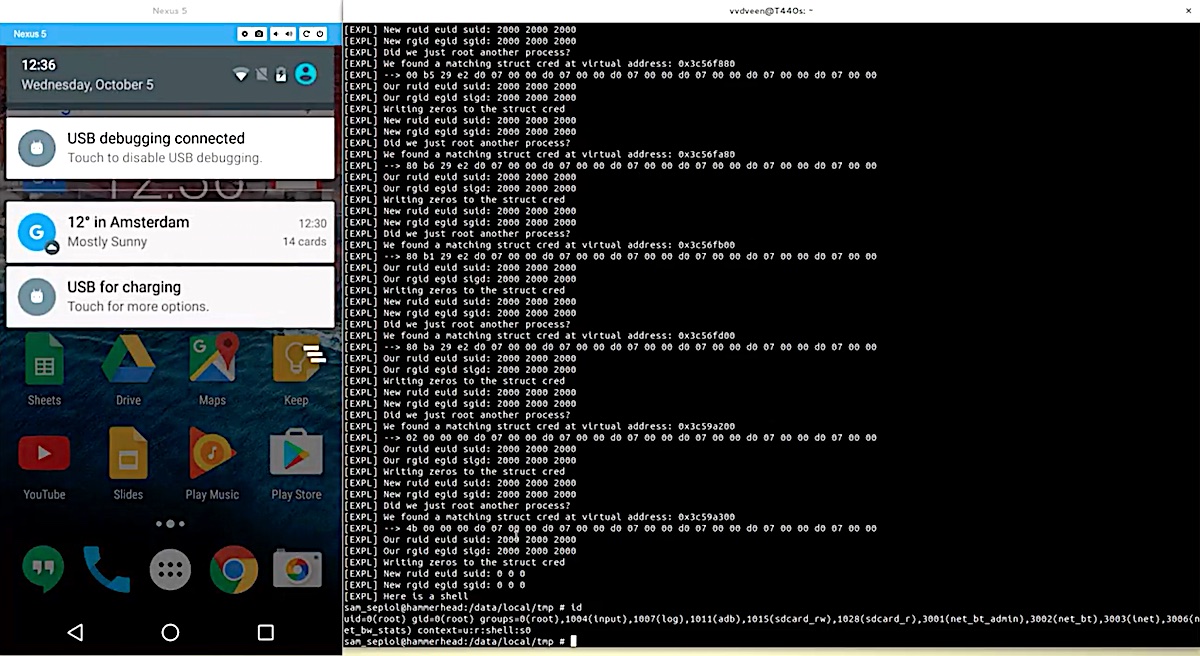Researchers have devised an attack that gains unfettered "root" access to a large number of Android phones, exploiting a relatively new type of bug that allows adversaries to manipulate data stored in memory chips.
The breakthrough has the potential to make millions of Android phones vulnerable, at least until a security fix is available, to a new form of attack that seizes control of core parts of the operating system and neuters key security defenses. Equally important, it demonstrates that the new class of exploit, dubbed Rowhammer, can have malicious and far-reaching effects on a much wider number of devices than was previously known, including those running ARM chips.
Previously, some experts believed Rowhammer attacks that altered specific pieces of security-sensitive data weren't reliable enough to pose a viable threat because exploits depended on chance hardware faults or advanced memory-management features that could be easily adapted to repel the attacks. But the new proof-of-concept attack developed by an international team of academic researchers is challenging those assumptions.
An app containing the researchers' rooting exploit requires no user permissions and doesn't rely on any vulnerability in Android to work. Instead, their attack exploits a hardware vulnerability, using a Rowhammer exploit that alters crucial bits of data in a way that completely roots name brand Android devices from LG, Motorola, Samsung, OnePlus, and possibly other manufacturers.
No quick fix
"Until recently, we never even thought about hardware bugs [and] software was never written to deal with them," one of the researchers, Victor van der Veen, wrote in an e-mail. "Now, we are using them to break your phone or tablet in a fully reliable way and without relying on any software vulnerability or esoteric feature. And there is no quick software update to patch the problem and go back to business as usual."


 Loading comments...
Loading comments...
